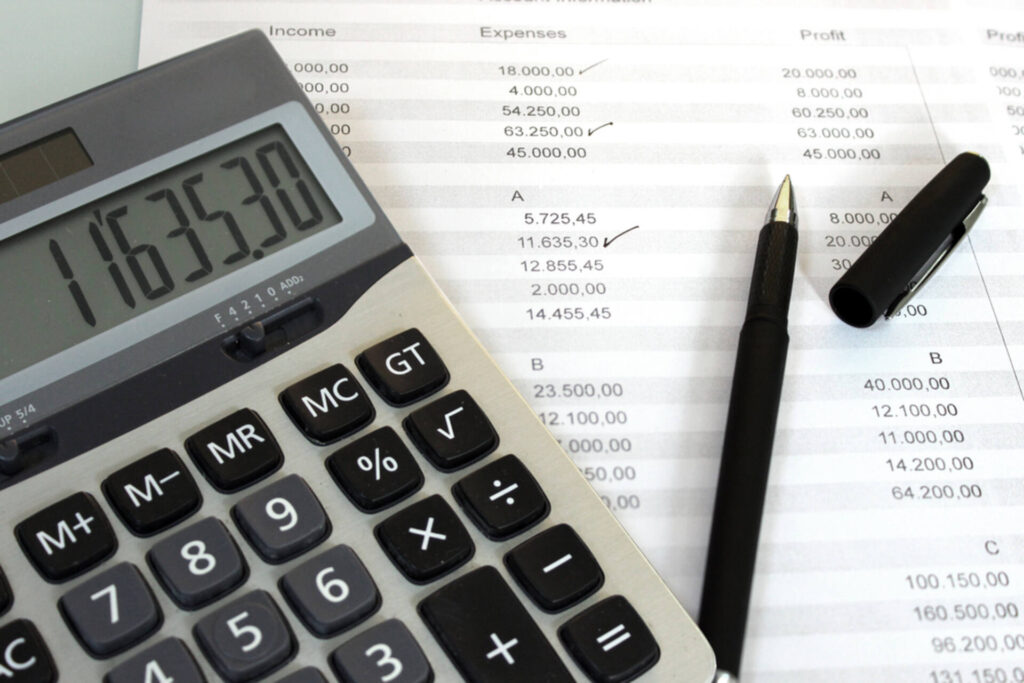Accounts Payable
Written by Team 365 finance

Accounts payable, or AP, is the money that a business owes to its suppliers or other creditors and has not yet paid.
Businesses that purchase goods and services often do so using trade credit. When a business buys something from one of its suppliers, such as new equipment or inventory, it might agree to pay for the item at a future date and receive an invoice from the supplier.
The amount of money specified on the invoice becomes accounts payable. Businesses pay off their accounts payable at a specific date depending on the terms of their trade credit.
Below, we’ve explained what accounts payable is, why it’s important for a business and how it’s typically managed. We’ve also listed several of the factors that can affect a business’s ability to access trade credit and use accounts payable to manage its short-term obligations.
What is Accounts Payable?
Accounts payable is money that a business owes to its suppliers and other creditors. When a business purchases goods or services using trade credit (a type of credit that’s extended by a supplier to a customer), the cost of this purchase is recorded in its accounts payable.
Businesses use trade credit to buy goods and services without having to pay for them straight away. This lets a business generate cash flow (for example, by selling inventory it bought from its suppliers) and fuel growth.
Accounts payable can include things like inventory and equipment. Common business services, such as advertising or fees for contractors, are also listed under the accounts payable subledger of a business’s general ledger.
Obligations listed under accounts payable are short-term debts. Depending on the terms of the business’s trade credit agreement with its suppliers, it might need to pay its debts 15, 30 or 60 days (net 15, 30 and 60) after the goods and/or services are provided.
Some suppliers offer discounts for customers that pay their invoices early. Discounts can create an incentive for businesses to closely monitor their accounts payable and make it easier for the supplier to collect on its debt.
Examples of Accounts Payable
Business often buy all sorts of things, from inventory to consulting services. Many of these are listed under accounts payable before they’re paid off. Examples of common accounts payable include:
- Payments for physical products. Physical goods, such as inventory of equipment, are commonly purchased on trade credit. This allows a business to buy the physical items it needs to operate and grow without affecting its short-term cash flow.
- Payments for services. Service providers, contractors and consultants often bill their customers on a net 15, 30 or 60 basis. Their invoices are added to accounts payable before they’re paid by the customer.
Loan payments are not listed under accounts payable, as accounts payable do not charge any interest. Payments on a loan principal are typically listed as current liabilities on the business’s balance sheet.
Why Accounts Payable are Important
Businesses need steady, consistent cash flow in order to grow. This is especially important for a small business that might not have the cash on hand required to purchase important equipment, inventory and other goods and services via a lump sum payment.
Trade credit allows businesses to buy the goods and services they need without having to pay immediately. This allows a business to retain its cash for other short-term expenses, without a significant, immediate impact on cash flow.
Before offering trade credit to a customer, a supplier will typically look at the customer’s credit history, assets and general financial condition. Most suppliers limit the amount of credit that’s offered to any one customer in order to reduce the risk of non-payment.
The Risks of Accounts Payable
For the most part, the biggest risks of accounts payable affect the supplier that extends credit to the customer. For example, if a customer goes out of business and is unable to pay an invoice, this can result in a bad debt that damages the supplier’s finances.
Accounts payable are typically unsecured credit, meaning the supplier might have few options to recover the money they’re owed if the customer goes out of business.
For customers, there are several risks of accounts payable. First, fraudsters often target small businesses with fake invoices. This is called invoice fraud — a type of crime that’s designed to take advantage of weaknesses in a business’s accounts payable process.
Other risks include accidentally double paying invoices or making payments to the wrong bank accounts or entities. If a business doesn’t actively monitor its accounts payable, it could also be subject to extra fees for late payments to its vendors.
Summary
All businesses that use trade credit will have accounts payable, whether to suppliers or goods or individuals and businesses that provide services. Paying these accounts on time is an important part of being a reliable debtor and trusted business.
As a business owner, it’s important to stay on top of accounts payable and make sure invoices are paid on time. This can help you build and maintain strong relationships with suppliers that help your business operate and grow.